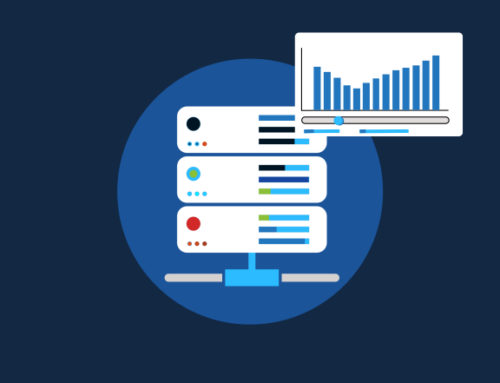Cybersecurity has emerged as an imperative safeguard for individuals and organizations alike. As we navigate this era of constant connectivity, the protection of our sensitive information and digital assets has become paramount. Cyberattacks, ranging from data breaches to ransomware attacks, continue to escalate in sophistication and frequency, making it crucial to address vulnerabilities head-on.
As we rely more than ever on technology for both personal and professional aspects of our lives, safeguarding our digital assets has become paramount. Cyber threats loom large, and even the most sophisticated systems are not immune to breaches. This blog aims to shed light on five of the most prevalent security mistakes that individuals and organizations often make, and, more importantly, how to prevent them.
1. Weak Password Policies and Practices
As service providers, safeguarding both your own organization and the trust of your customers is paramount in today’s interconnected world. One of the most common security mistakes that can compromise your integrity and that of your clients is the lax approach to password policies and practices. They are the first line of defense against unauthorized access, and a breach here can lead to devastating consequences. Customers entrust you with their sensitive data, and a security lapse can result in data breaches, financial losses, and damage to your reputation. To fortify your defenses, encourage the use of strong, unique passwords for every account and system. Advise the incorporation of a mix of uppercase and lowercase letters, numbers, and special characters.
Establish and enforce stringent password policies within your organization and educate your customers about their importance. Implement two-factor authentication where feasible, and regularly update and change passwords. By prioritizing strong password practices, you not only protect your own interests but also foster a culture of cybersecurity that benefits both your company and your valued clientele.
2. Unsecured Network Infrastructure
Understanding the significance of network security and addressing common vulnerabilities is critical in maintaining trust and integrity. Networks are the lifeblood of modern service providers. They enable communication, data transfer, and access to resources. Without proper security measures, these networks become vulnerable entry points for cyberattacks. The potential consequences include data breaches, service disruptions, and customer distrust.
To fortify your network security, regularly update and patch systems, employ robust firewalls and intrusion detection systems, and conduct regular security audits. Educate your staff on best practices and maintain strict access controls. By taking these proactive measures, you not only protect your own operations but also reassure your customers that their data is in safe hands, fostering long-term trust and partnerships.
3. Lack of Employee Training and Awareness
Employees are the human element of your cybersecurity infrastructure, and their behaviors and decisions can significantly impact the overall security posture. Investing in comprehensive cybersecurity awareness training is an essential step to mitigate risks. Equip your staff with the knowledge and skills to identify phishing attempts, recognize potential threats, and follow best practices for data protection.
Promote a culture of cybersecurity within your organization. Conduct regular training sessions, simulate cyberattacks, and provide resources for employees to stay updated on evolving threats. Encourage reporting of suspicious activities and reward good cybersecurity practices. By empowering your team with the right knowledge and fostering a security-conscious mindset, you not only protect your own interests but also become a more reliable and secure service provider for your valued customers.
4. Insufficient Data Backup and Recovery Plans
A reliable data backup and recovery plan is the safety net that ensures you can bounce back swiftly from data breaches, hardware failures, or disasters, preserving your business continuity. Inadequate or non-existent data backup plans expose you to data loss, prolonged downtime, financial liabilities, and damage to your reputation. Customers expect their data to be handled with care and diligence, and failure in this regard can erode trust.
Invest in robust backup solutions that include automated backups, offsite storage, and a well-documented recovery process. Regularly test your plans to ensure they’re effective. Consider cloud-based solutions for scalability and reliability. By implementing strong data backup and recovery plans, you not only protect your interests but also instill confidence in your customers, assuring them that their valuable data is secure and accessible even in challenging times.
5. Neglecting Software and System Updates
Updates are not just about adding new features; they often contain critical security patches to address known vulnerabilities. These vulnerabilities are like open doors for cybercriminals, and staying updated ensures these doors are closed tight. Having a robust patch management strategy that includes regular assessments, automated updates, and testing in a controlled environment before deploying updates across your systems. Educate your team on the importance of timely updates and make it a part of your organization’s cybersecurity culture.
As service providers, proactivity is your strongest ally. Invest in robust cybersecurity measures, educate your team, and fortify your digital infrastructure. Your commitment to security will not only safeguard your operations but also foster enduring customer trust. Cyber threats are ever-evolving, and your security strategy should evolve with them. Regular assessments, updates, and a culture of continuous improvement will ensure you stay ahead of the curve.
By addressing these security challenges head-on, service providers can pave the way for a more secure digital landscape, one where both their interests and their customers’ data are safeguarded with unwavering commitment and resilience.




